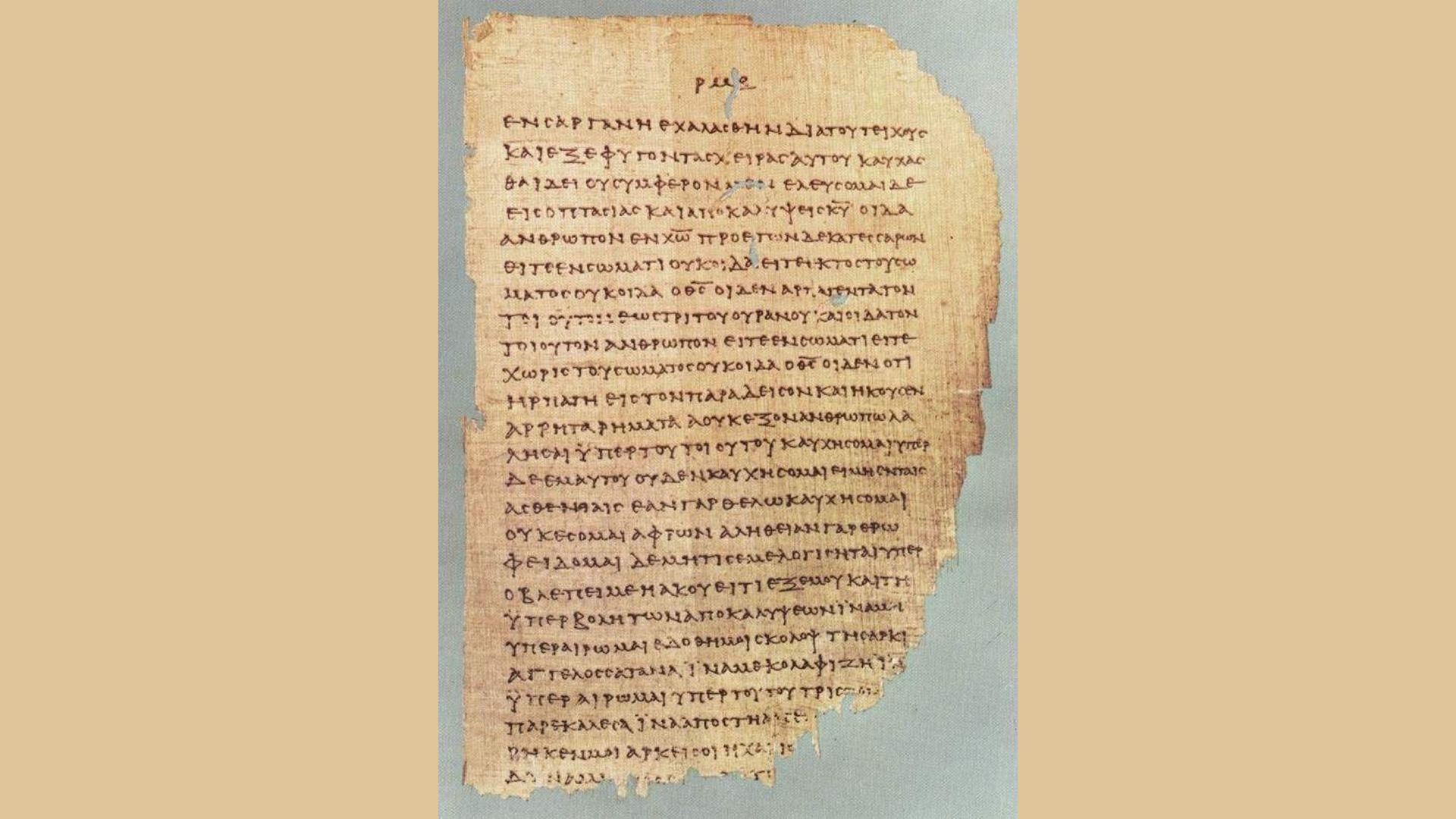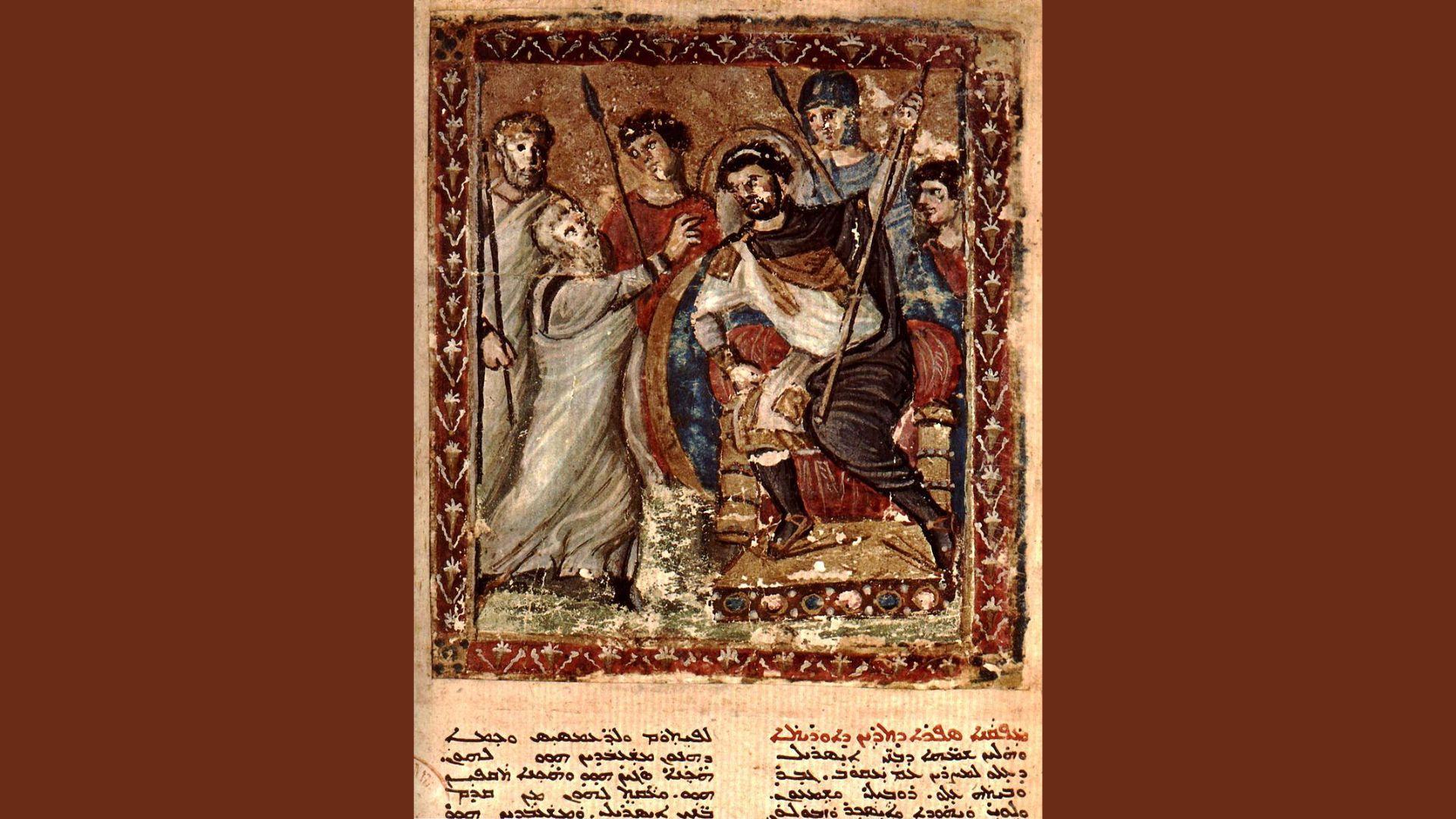After thousands of years of being lost, one of the earliest translations of the Gospels has just been rediscovered.
A scientist who specializes in medieval studies has used the latest technologies to reveal a mystical Old Syriac translation of a previously unread Bible chapter. Does this translation reveal new information about the ancient Bible texts?
1,500-Year-Old Lost Texts

A scientist named Grigory Kessel has recently found a fragment of one of the earliest translations of the Gospels.
Medievalist Grigory Kessel of the Austrian Academy of Sciences (Österreichische Akademie der Wissenschaften) published his discovery in the journal _New Testament Studies._
Discovering a Hidden Chapter

Kessel used ultraviolet photography to discover the lost fragments underneath three layers of text.
Director of the Institute for Medieval Research at the OeAW, Claudia Rapp, praised Kessel’s work. She stated, “Grigory Kessel has made a great discovery thanks to his profound knowledge of old Syriac texts and script characteristics.”
A Double Palimpsest

The hidden chapter that Kessel discovered was underneath three layers of text. This is called a double palimpsest.
A document where one layer of text covers another is called a palimpsest. Parchment must have been in short supply, because the parchment that Kessel studied was used three times. This is called a double palimpsest.
The Oldest Biblical Translations

This new discovery is one of the oldest translations of the Bible that we have found.
The translation is most likely from the 3rd century. The palimpsest copy was most likely written down in the 6th century.
A Unique Old Syriac Translation

Kessel noted that “until recently, only two manuscripts were known to contain the Old Syriac translation of the Gospels.”
Kessel’s discovery actually marks the fourth Old Syriac manuscript that has been found. It most likely is a translation from the 3rd century that was likely copied to the parchment in the 6th century. The parchment had been stored in the Vatican Library before being studied.
Other Old Syriac Translations

One Old Syriac manuscript lives in London’s British Library. There was another palimpsest discovered at St. Catherine’s Monastery at Mount Sinai.
As part of the Sinai Palimpsests Project, a third Old Syriac manuscript has also been recently discovered.
The Most Ancient Writings

Known fragments of the New Testament date to the 3rd century. The Greek Codex Sinaiticus—the oldest known surviving complete manuscript of the New Testament—is from the 6th century.
According to the OeAW, Syriac translations can date from before the 6th century. Most are found in palimpsests, like Kessel’s discovery of the Old Syriac translation.
What Does the Lost Text Say?

The lost chapter is an interpretation of Matthew 12—the twelfth chapter of the Gospel of Matthew in the Bible.
Matthew 12 describes Jesus’ ministry in Galilee. It also discusses observance of the Sabbath.
Using Technology for Discovery

This ancient and important translation of the Bible would not have been found without the use of technology.
Claudia Rapp emphasized, “This discovery proves how productive and important the interplay between modern digital technologies and basic research can be when dealing with medieval manuscripts.” As technology improves, we are bound to discover more about the ancient teachings and the history of the world.

